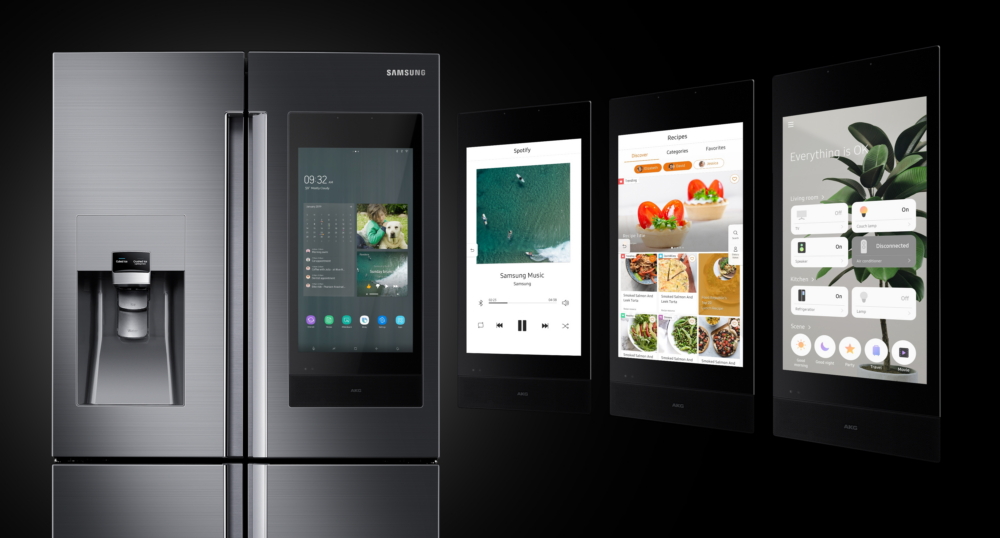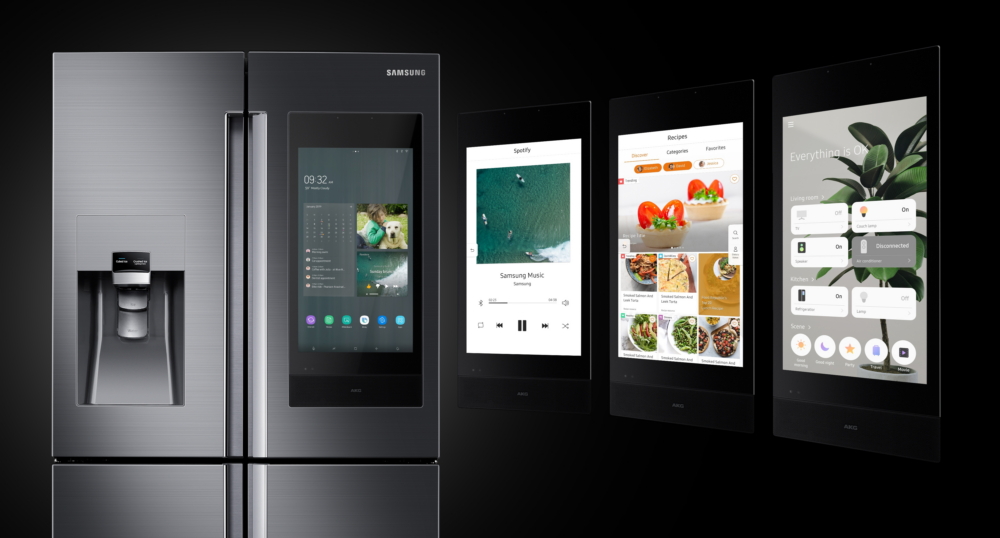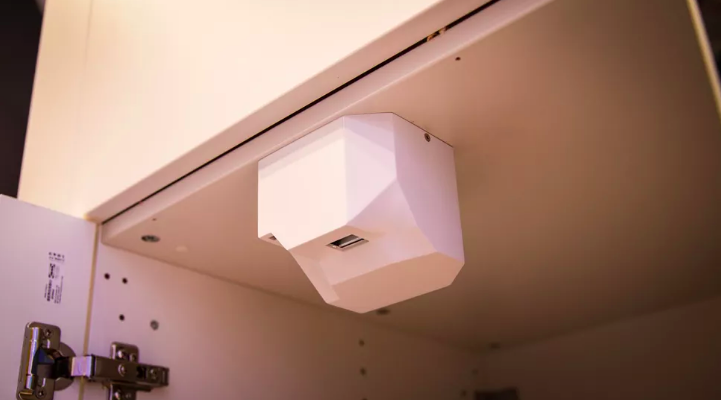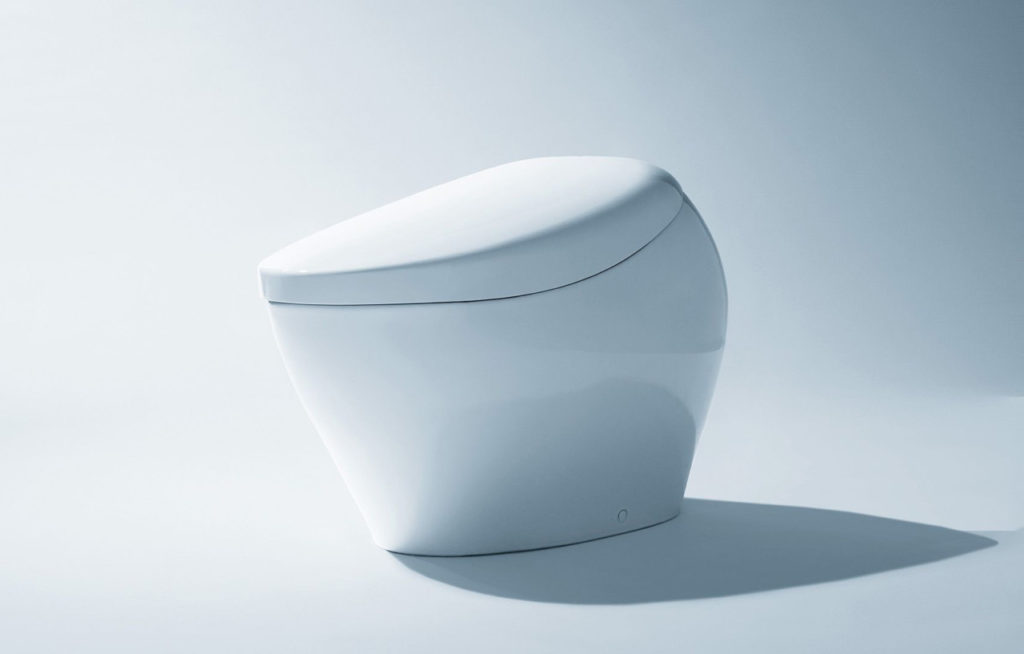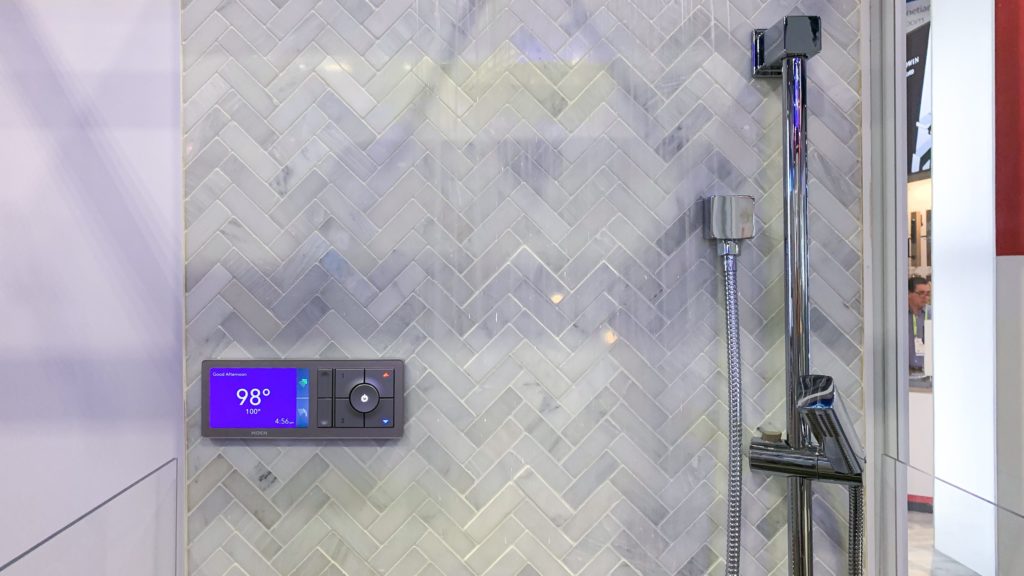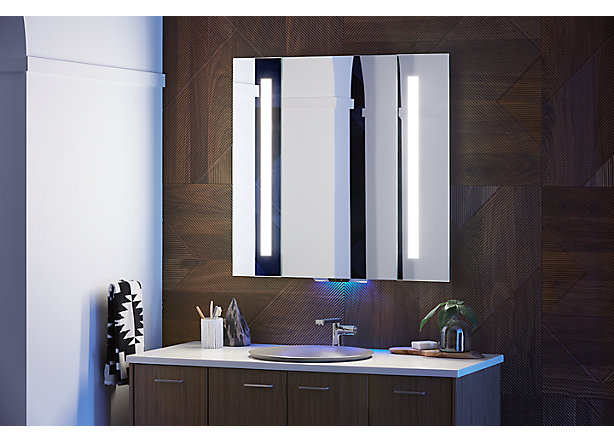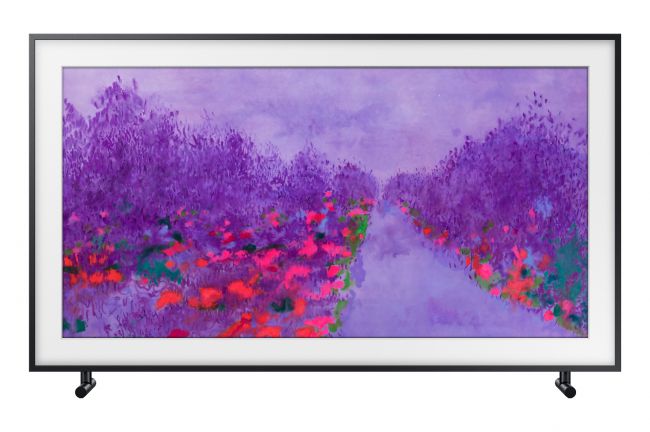“Get your hands off that!”
Hands-free is one of the top features from this year’s Consumer Electronics Show (CES). For fifty years, CES has revealed the newest technologies that are (almost) ready for (a few) consumers and businesses. “Almost” covers the fact that many of the technologies are being displayed before they are real products available for purchase. “Few” describes those leading early adopters, the people willing to take a bit of risk for the potential reward of being the first with “the next big thing.” Here are several of the advances being developed and sold for today’s modern home. Check back in fifty years to see if they’re as prescient as things from 1969.
KITCHENS
Hands-free is the nicer way of saying “Get your hands off of that!” The kitchen is a challenge for consumer electronics and technology in general, which can be easily damaged by water, cleaning materials, or food. Consumers are notoriously messy in the kitchen because they are leading real lives. Real life means needing to read recipes while hands are covered in flour, rushing from one pot that is boiling over to pulling the cookies out of the oven before they get too toasty, and of course, trying to turn the page in a cookbook with batter covered hands or trying to turn the iPhone screen back on to see exactly how much baking soda (or was it powder) that you need to add to the mix.
The Sensate™ Kitchen Faucet with KOHLER® Konnect™ listens for your command to fill a pot with a specific amount of water, or simply turn on so washing your hands doesn’t mean smudging the handle. It was named a CES Innovation Award Nominee this year.
Want to see what’s in the fridge without opening the door? Samsung’s Family Hub Smart Fridge provides a view inside from wherever you have an internet connection. The real innovation? We now know for sure that the light is on when the door is closed… at least for that moment when you want to see what’s inside from your phone.
When it comes to drinks, skip the recipe book completely. Install a bar-bot and you won’t have to guess at what your guests want, or even remember your favorite concoction. The Barsys remembers over two thousand recipes, making a choice easy for those who know what they want, and a challenge for those who want to try to stump the machine.
For the ultimate in hands-free, a new breed of projectors are available. One way to keep messy fingers from messing up a display is to make the display virtual. Bosch exhibited a virtual display. Instead of massive projector systems designed to show theater-sized movies, project something about the size of a page on any surface, like a countertop or cutting board. If designed right, a few finger gestures will help a cook flip pages without interrupting breading, beating, or kneading.
BATHROOMS
Hands-free becomes discreetly obvious in the bathroom. People may not want to discuss how well they wash and clean, or how they worry that others don’t, but there are advantages to a bathroom that listens to your commands.
The TOTO Neorest Toilet handles the simplest actions that get rid of the need for handles. It opens, closes, and flushes by remote control. It also deodorizes and has a UV system for disinfecting what’s under the lid. Early adapters anxious to get the best of the best for their bathrooms can own this product for a cool $13,000.
Talk at your shower to turn it on, up, down, or off. Moen eliminates the need to stand around waiting for the water to warm up, and the endless fiddling to get the right temperature. Like so many automated innovations, tell it what you want, then do something else while waiting for it to tell you everything’s just right for you. This year at CES, Moen announced upgrades to its smart shower including integrating with Alexa Routines (Amazon) and HomeKit (Apple Home).
Before leaving the bathroom, there’s also the opportunity for a smart mirror to do much more than a silvered pane of glass can accomplish. In addition to the typical litany of information available through any smart-assistant enabled device, Kohler’s smart mirror has a wide range of lighting options from Hollywood-bright for makeup to a motion-activated setting that turns on a night light for bleary-eyed middle-of-the-night bathroom breaks.
ENTERTAINMENT
The last fifty years have watched the television evolve from a cathode ray tube (which sounds very retro sci-fi) to LCDs, LEDs, OLEDs, and soon to come holograms. What had been a black box is now a monitor, a display, and increasing in size as well as decreasing in the space it requires. New televisions are growing to the point that they’re measured in feet (have you heard of Samsung’s 219-inch television “The Wall”?), as well as in resolution to 8K, and brightness. At the same time, they’re becoming less intrusive.
Instead of a six-foot diagonal sheet of glass taking up significant wall real estate, they’re now rolling up and away. LG’s Signature OLED TV R doesn’t shrink in width, but the screen turns into a scroll that winds and unwinds from box. Projector screens have done so for decades, but there’s no need for a projector, just enough room for the box. One way to enjoy two views, a movie that then gets out of the way of whatever’s outside your window.
Or, make the display translucent. Samsung’s Frame TV doesn’t roll up, but it may not need to. When it’s off, it isn’t black, sucking up the light in the room. It’s translucent, blending into its environment by letting the environment shine through. Or, with the latest upgrade, users can subscribe to Samsung’s Art Store for about $5/month and get access to works of art by Van Gogh, or they can purchase works of art à la carte. Another innovation, the Serif version of the televisions (pictured above) comes with two legs, playing up the art vibe of the TV. Plus, no need to coax it out and into its box. Always ready.
Is there more? Of course. CES pulls in about two hundred thousand attendees from around the world. Effectively the population of a large city descends on one of the most appropriate large cities that can accommodate that many people and that much new technology. There are toilets for pets, robots to fold laundry, in-home dry cleaners, and more smarthome devices than any home can house. Besides the gee-whiz aspects of the event, there are practical applications, products, and services that early adopters can buy and test for the rest. Innovation hasn’t faded. It’s working its way through our houses and has been for years. We’ve come a long way from porcelain thrones, silvered glass, and cathode rays. What’s next?
